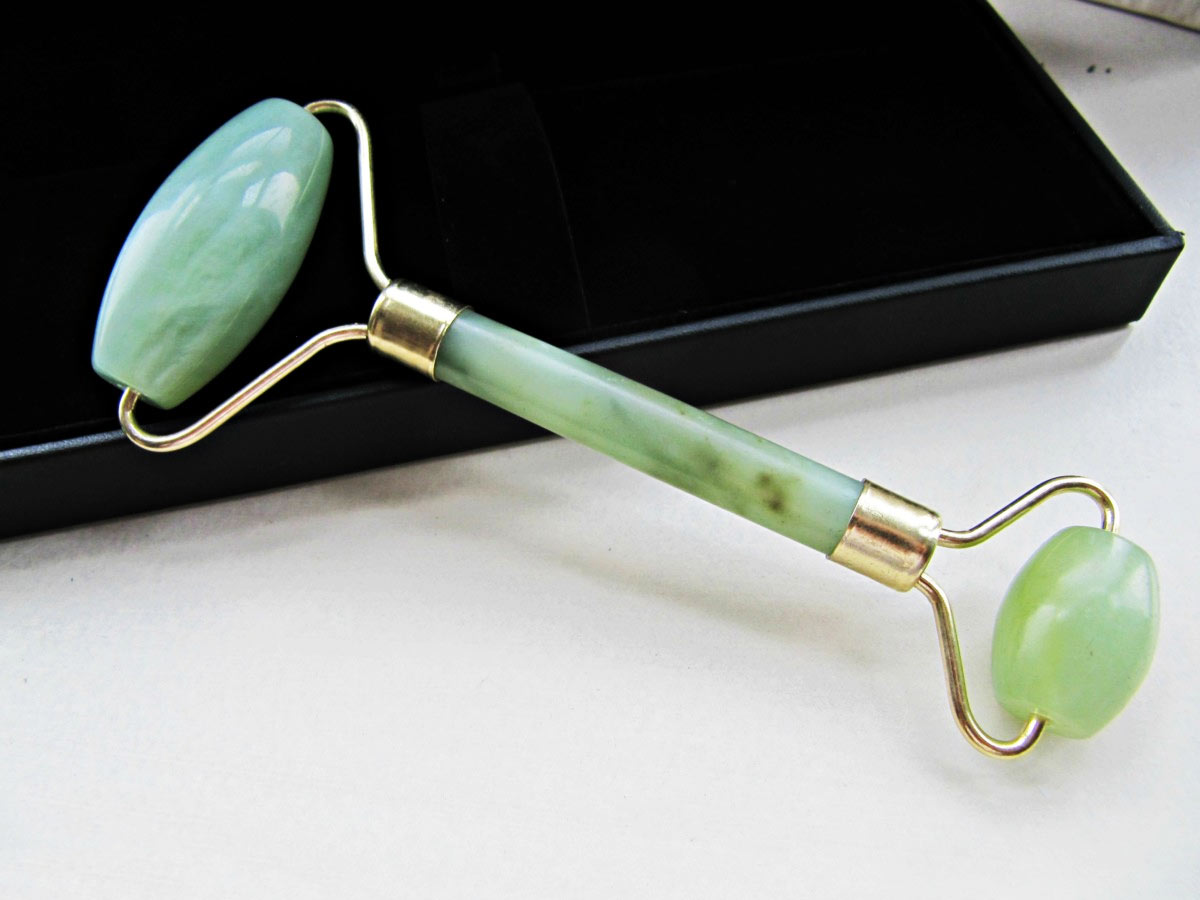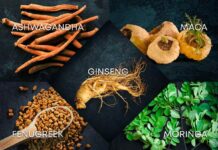We are now wise enough to realize that the latest advancements in skincare come from the East (e.g., essences, cushion compacts, snail creams). However, there are situations when looking behind can provide even more solutions than looking forward.
After all, a Chinese empress who lived thousands of years ago may have had poreless porcelain skin, and a Japanese geisha may have known how to maintain her radiant face without the use of contemporary foaming cleansers.
In light of this, we reached out to Wei Brian and asked her to share her favorite old Chinese beauty tips. Scroll down for five ancient Chinese beauty practices for healthy skin, including jade rollers and herbal teas!
Obtain herbs
Knowing which herbs and roots can treat particular conditions—including skin care—is a key component of Chinese medicine. It should therefore come as no surprise that ladies in ancient China heavily relied on herbs to maintain their skin’s youthful glow.
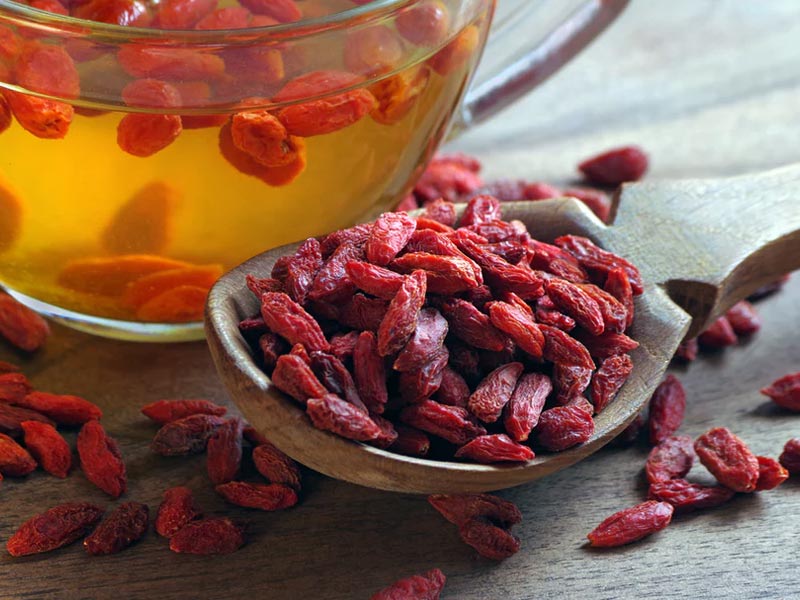
Three herbs are frequently used in traditional Chinese medicine for skincare: Bei Qi, Huang Qi, and Goji. These herbs can be applied topically; Bei Qi is well known for clearing up skin, Huang Qi is fantastic for reviving dull, aged skin, and Goji is well recognized for protecting skin from aging. Visit a Chinese or herbal pharmacy to learn precisely which ones to pick and how to apply them topically.
According to your skin type, concern, age, and other circumstances, the ratio may change.
Take the Correct Tea
These herbs can also be used to prepare herbal tea by steeping them in hot water. The fact that they have been used for hundreds of years to promote bright skin and a stronger immune system is proof that they are effective, even though they may not taste the finest (this editor can speak to that having grown up in a traditional Chinese household).
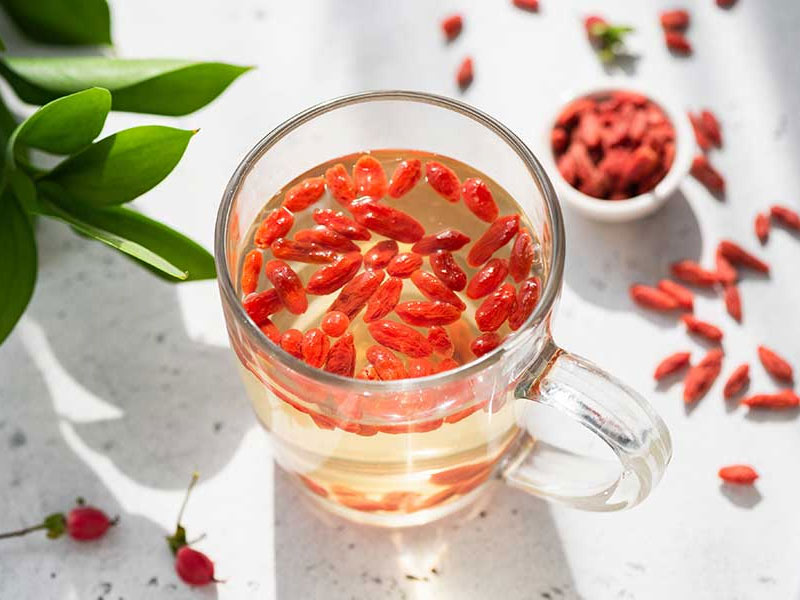
The ingredients and herbal teas used in traditional Chinese medicine are many. The season and your symptoms are just two of the numerous considerations that go into prescribing these herbal treatments. Goji and Ju Hua [chrysanthemum], for instance, are used to aid in detoxification and strengthen your immune system, although they are more frequently utilized in the summer because that is when the herbs are at their powerful.
The simplest tea for novices would be goji; all you have to do is put the berries and another tea bag in a cup of hot or cold water and let the tea simmer. After that, the Goji berries can be consumed along with the tea because they will have gotten bigger and juicy. They include a wealth of antioxidants, minerals, amino acids, vitamin C, and carotenoids, making them a potent combination for a radiant, clean complexion.
Also, Read Gua Sha – Botox Of The East, Chinese Medicine Of Eternal Youth
Attempt a Jade Roller
Similar to how dry brushing your body works to increase circulation and aid in detoxification, using a jade roller or stone on your face is thought to have similar effects. There were two primary tools utilized in ancient times: a jade roller to target acupuncture points and a unique flat jade stone used to release meridian blockages and improve blood and Qi [Chi] Circulation.

These tools were used to aid the skin’s and body’s natural healing processes. Today, you can easily purchase a jade roller and recreate this historic ceremony at home. Start by using a purifying mask first. Use a gentle cleanser after using a mask to deeply clean your skin, then add a serum or moisturizer.
Then, starting in the middle of your face, slowly roll the jade roller upward and outward. You can “rest” on flat stones by putting them on your face for five to ten minutes after moisturizing. Using a smooth, polished roller on your face is thought to calm, de-puff, and can even ostensibly reduce wrinkles. Jade has been used for generations by the Chinese aristocracy to cleanse the body of evil Qi.
Understanding Mung Bean Power
It seems that Chinese empresses shared our love of homemade face masks. Their preferred ingredient? Mung beans were crushed into a paste and were believed to be effective at treating and de-plumping acne. You don’t like the idea of getting mashed beans on your face, do you?
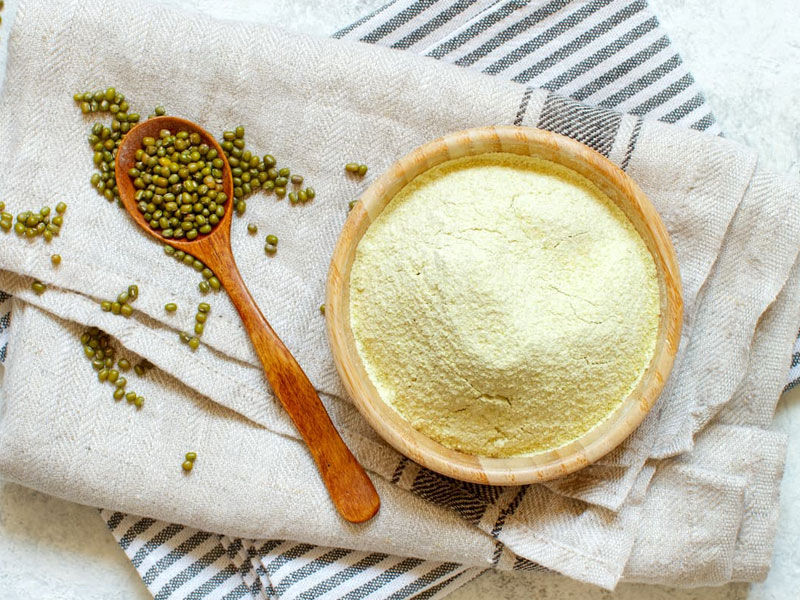
For a less messy, potentially skin-brightening mask, try purchasing powdered mung beans and combining them with Greek yogurt (you can find this in your neighborhood Asian grocery or by ordering some on Amazon).
DIY Turmeric Mask
It turns out that Chinese women feel the same way about this strong orange root; women in ancient China would use turmeric masks to help decrease wrinkles and level their skin tone. Turmeric is the DIY mask ingredient of choice for many brides in the Middle East. Combine one teaspoon each of honey, turmeric, and one tablespoon of almond milk.
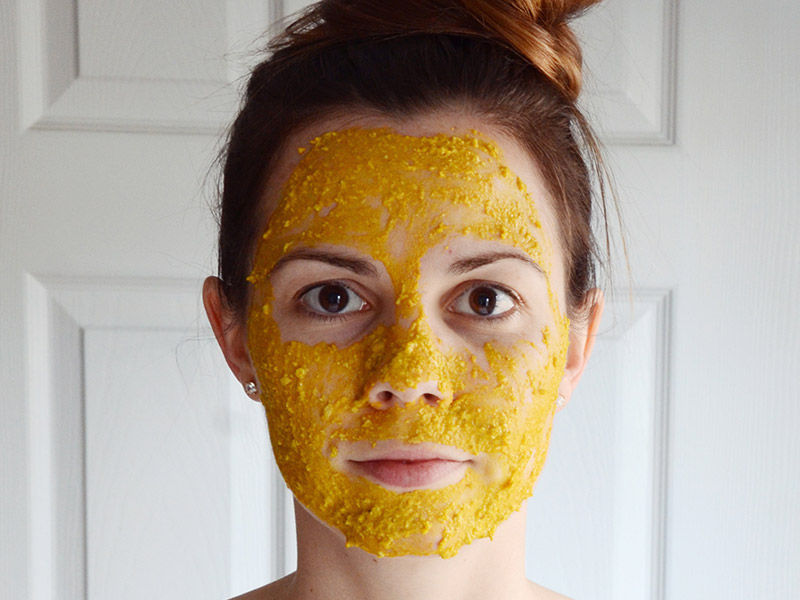
You may use yogurt or extra honey to make your mask’s consistency thicker, also may prefer using almond milk because it contains vitamin E and antioxidants. Applying the mixture to the skin with a face brush, wait 10 to 15 minutes before rinsing it off (“Turmeric can be messy!”). The outcome? Skin befitting an empress.





















